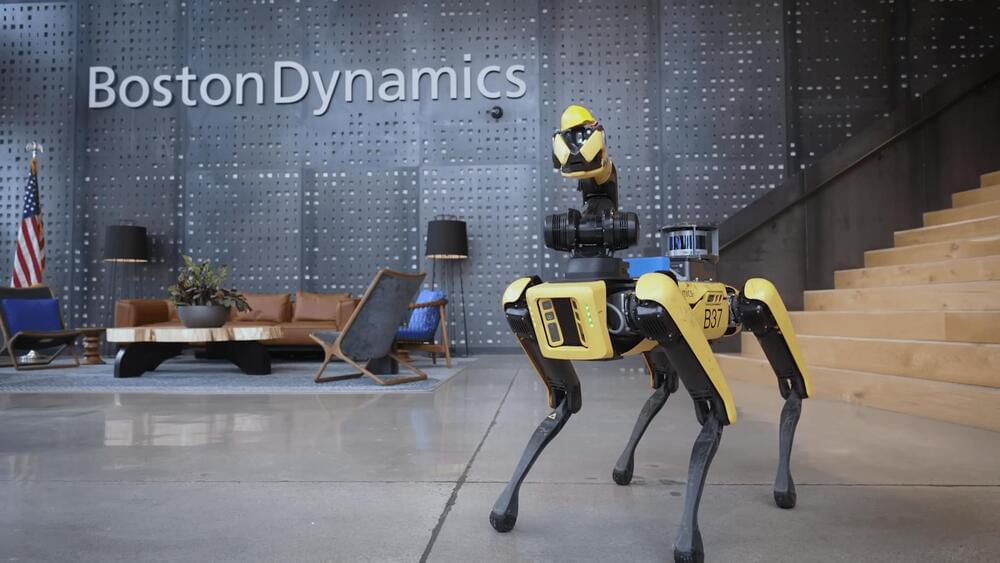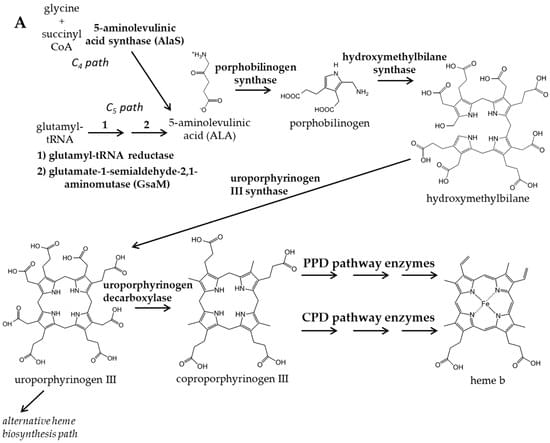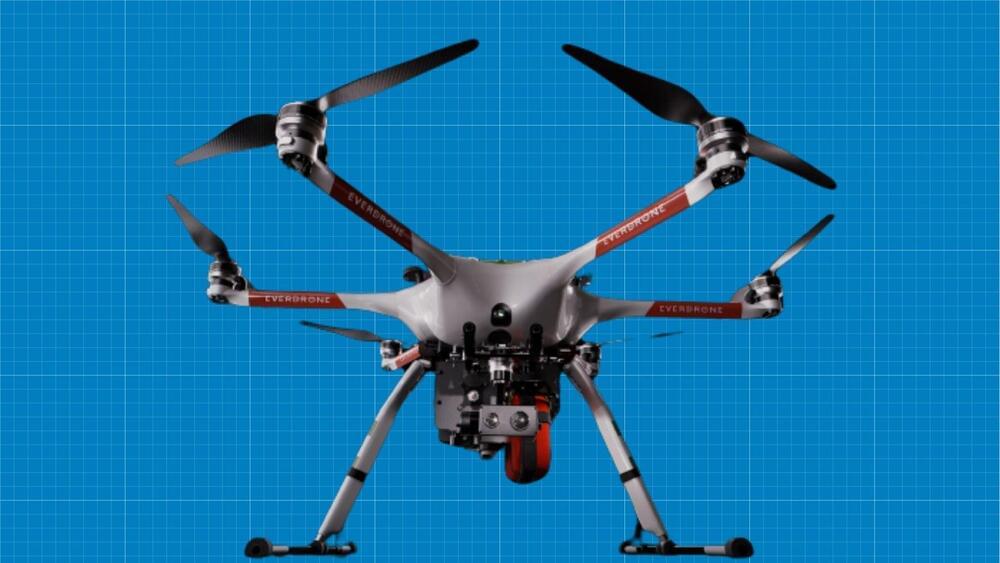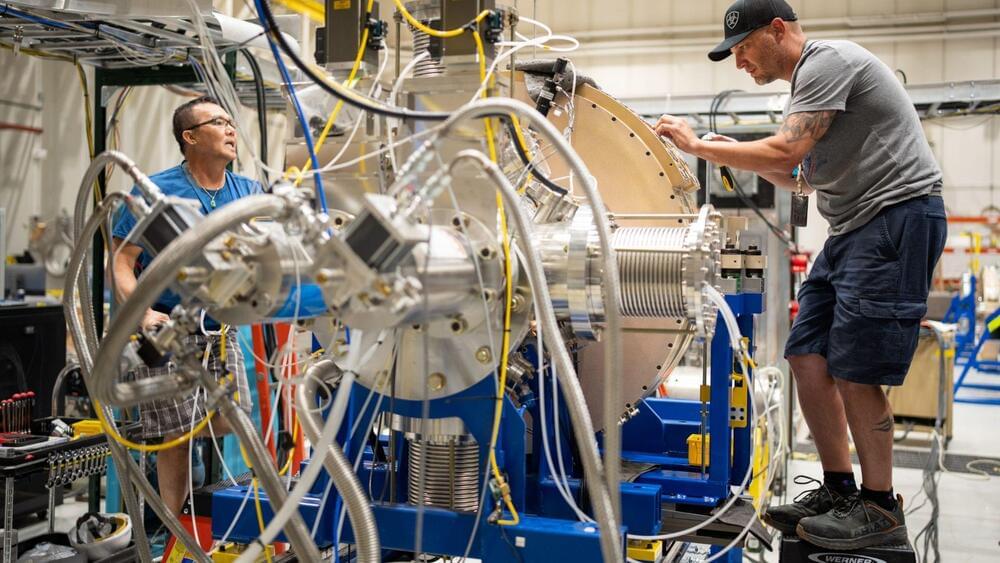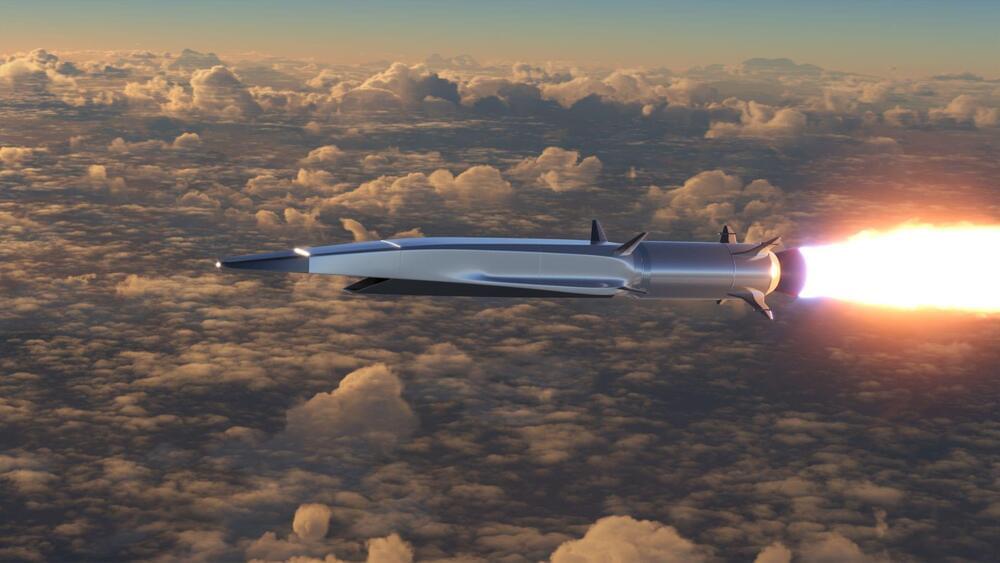Oct 28, 2023
Boston Dynamics integrates GPT-4 with Spot and discovers emerging capabilities
Posted by Dan Kummer in category: robotics/AI
What id really like to see is put the super realistic robot head on Atlas, and equip w/ a super advanced talking LLM, but maybe people arent ready for it yet. Definitely technically possible.
Robotics company Boston Dynamics has integrated OpenAI’s GPT-4 into its Spot robot dog, showcasing its emerging capabilities.
To build the talking and interactive robot dog, Boston Dynamics added a Bluetooth speaker and microphone to Spot’s body, in addition to a camera-equipped arm that serves as its neck and head. Spot’s grasping hand mimics a talking mouth by opening and closing. This gives the robot a form of body language.
Continue reading “Boston Dynamics integrates GPT-4 with Spot and discovers emerging capabilities” »
